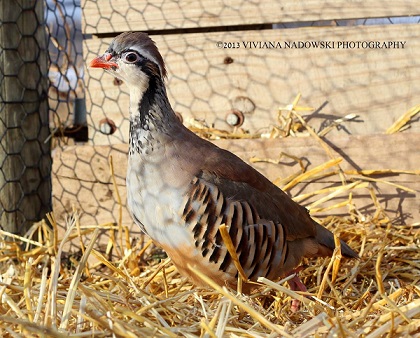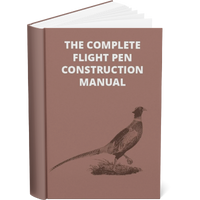MacFarlane Pheasants Breeding Process 2023
 Raising Hens Effectively and Ethically
Raising Hens Effectively and Ethically
Raising breeder hens to produce the chicks and eggs that are an enormous part of our business is a process we have refined over many years. In the past, we raised most of our breeders outside, but currently we keep only 5% in outdoor pens. The rest of our breeders are kept inside year-round for various reasons.
Keeping our breeders inside keeps them out of the elements and away from exposure to other birds. The results of this decision mean our eggs stay cleaner when kept inside, and are protected against disease or infection spreading among birds. Generally speaking, a well-insulated barn will stay cooler than the outside temperature in the middle of summer. These protections mean that the birds will be less stressed and continue to lay eggs. Since our breeders are hand-picked in the fall by our hatchery crew to be the “best of the best,” it is essential that we are protective of them at all times.
Breeding Hens Effectively and Ethically
We weigh our breeding hens at 18 weeks of age. We select our breeders based on weight so we can get uniform-sized chicks followed by uniform-sized adults. Our hens are then placed in the barn. The cocks are held in a different barn. Since light triggers the breeding cycle, we use a step-up lighting program that slowly increases the amount of the day length in the barn. When the amount of artificial daylight reaches 12 hours of continuous light, the hens will start to lay eggs. The cocks are put in with the hens about one week before we expect the first eggs. One male can breed up to 16 females, so that is the ratio we use. This process is called the colony breeding system. Once the hens begin laying, we collect eggs six-nine times per day!

Our Vice-President of Production Chris Theisen, shared that breeding birds all have peepers. They have been shown to reduce the incidence of birds pecking each other and causing damage to the feathers or skin. They have also been shown to reduce feather pecking in laying hens, improve food utilization (due to less spillage) and increase egg production. We leave the peepers on all the breeding birds. Though our inside ratio for breeding is 16 :1, our outside ratio for breeding is 10:1. If there are too many males, they can beat up the hens. If we have too few cocks, the eggs won’t be fertile. This plan is the best balance we have found over the many years.
If you would like more information about pheasant breeding, please email chris@pheasant.com. He has worked for MacFarlane Pheasants since 1998, and has a WildLife Management and Biology degree from Stevens Point University in Wisconsin. He has the perfect background and experience to explain our breeding process in more detail.
Related Posts
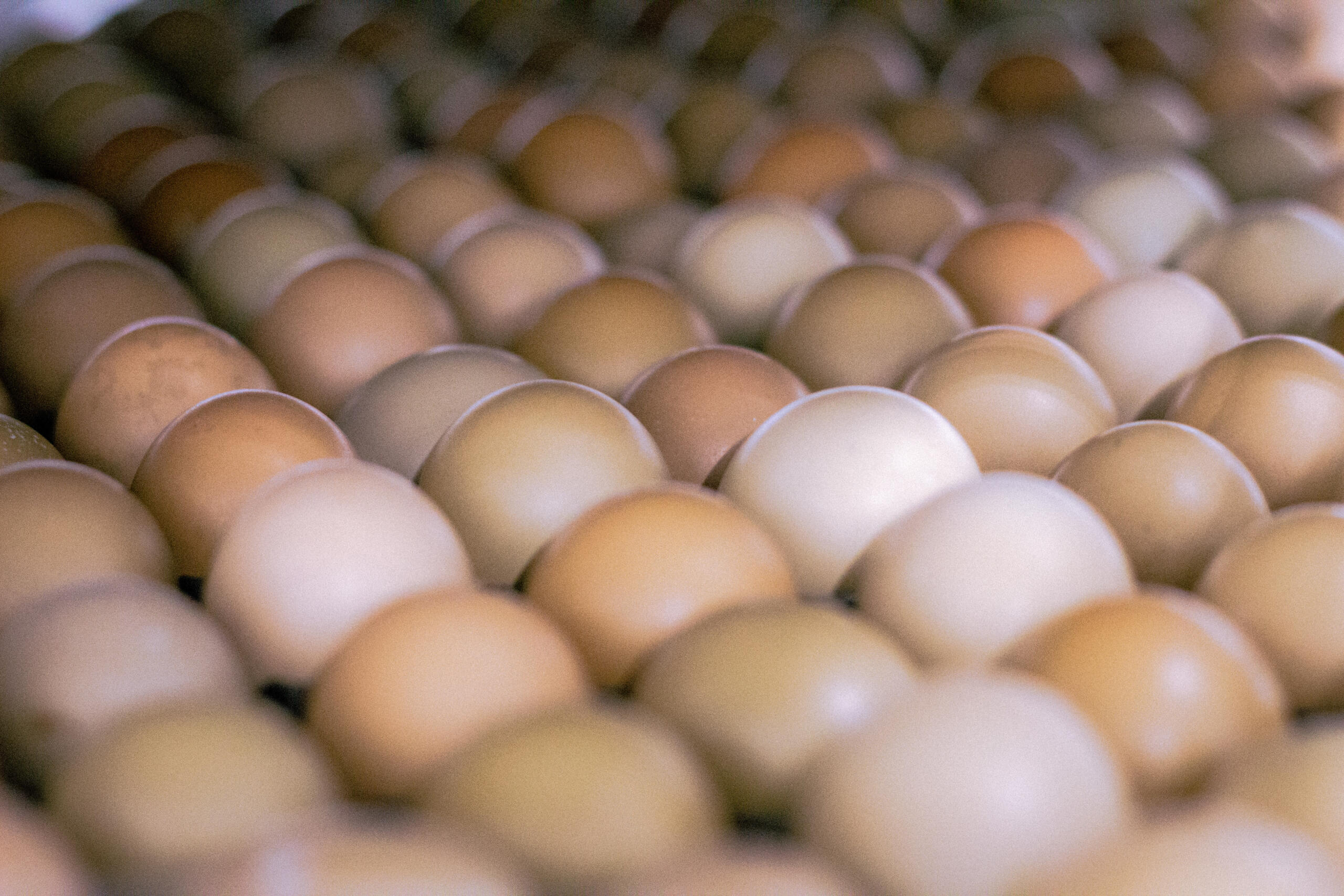
Incubation of Pheasant Eggs
Read Post
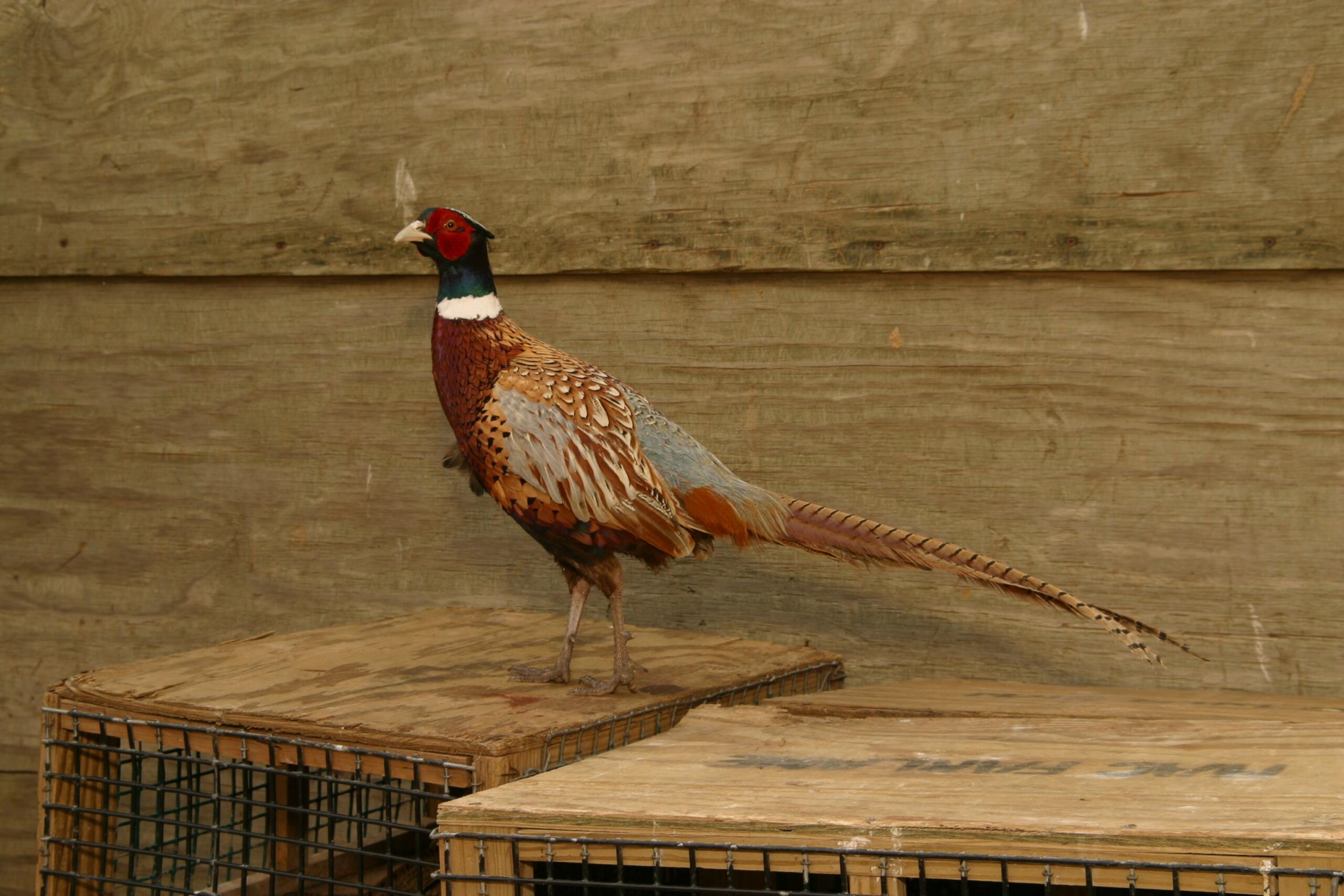
DuPont Financial Analysis Model
Read Post
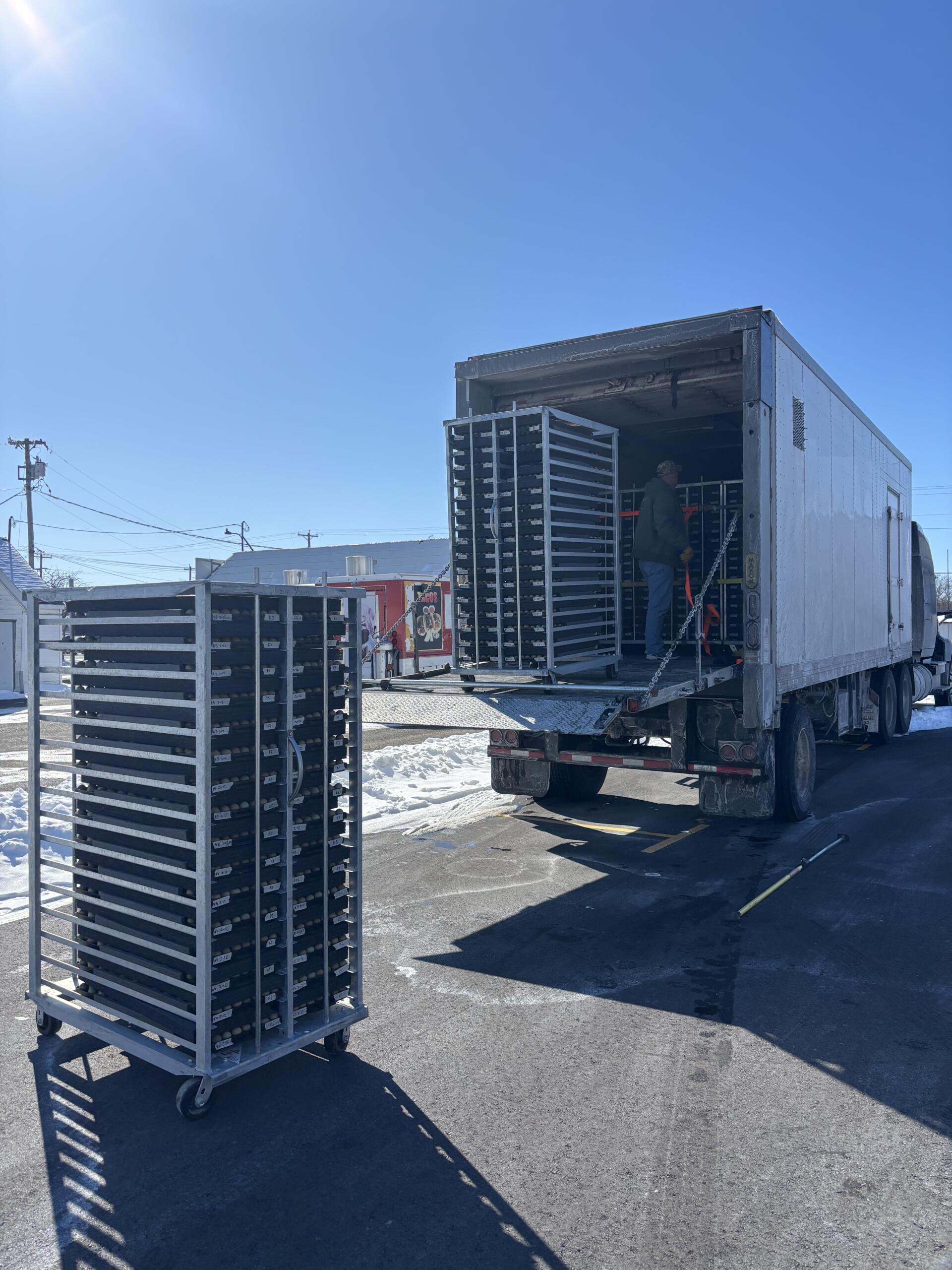
Busy Times at MacFarlane Pheasants’ Missouri Breeder Farms 2024!
Read Post

Hatchery News at MacFarlane Pheasants
Read Post
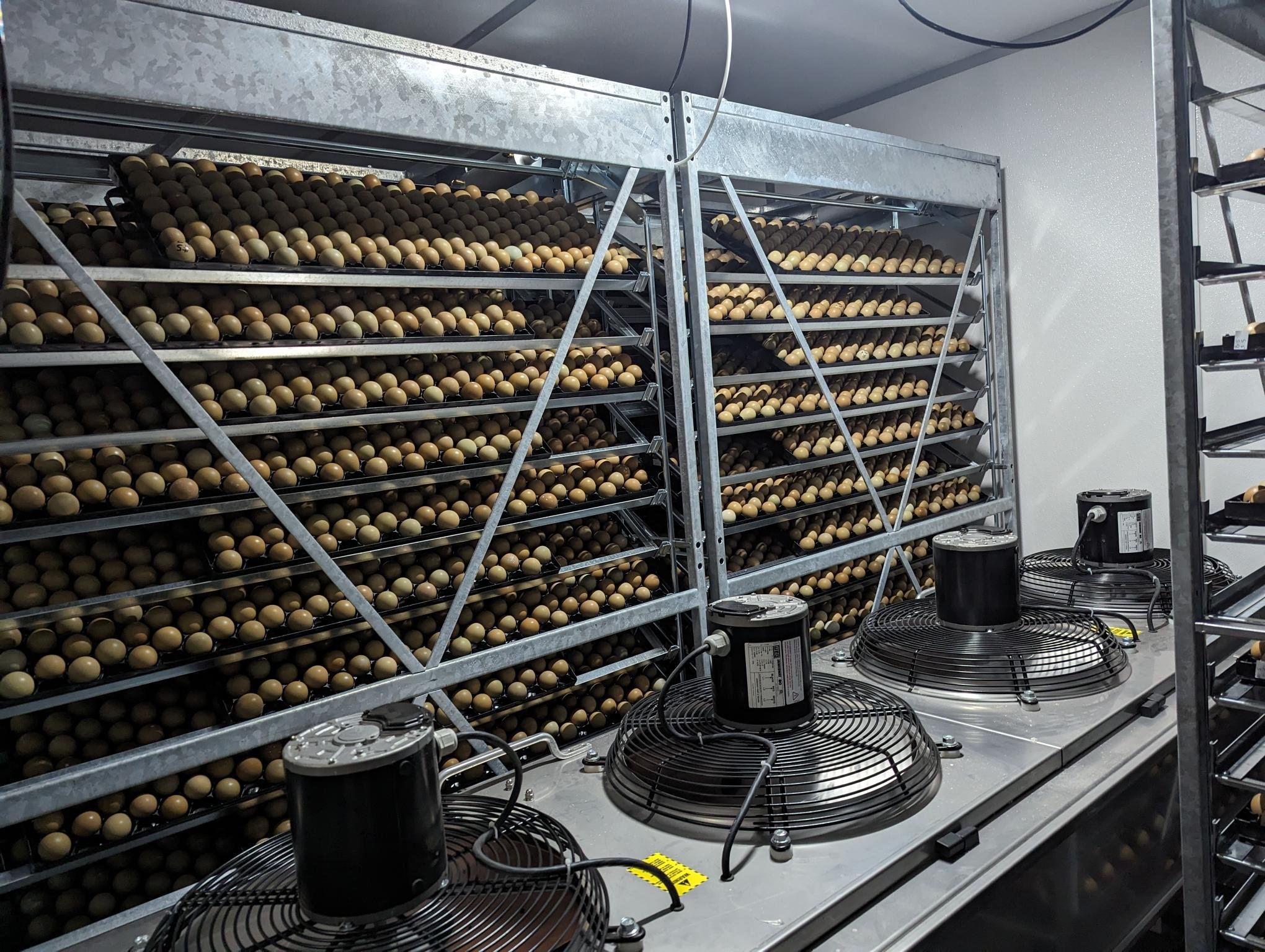
10 Hatching Tips for Incubating Pheasant Eggs Successfully
Read Post
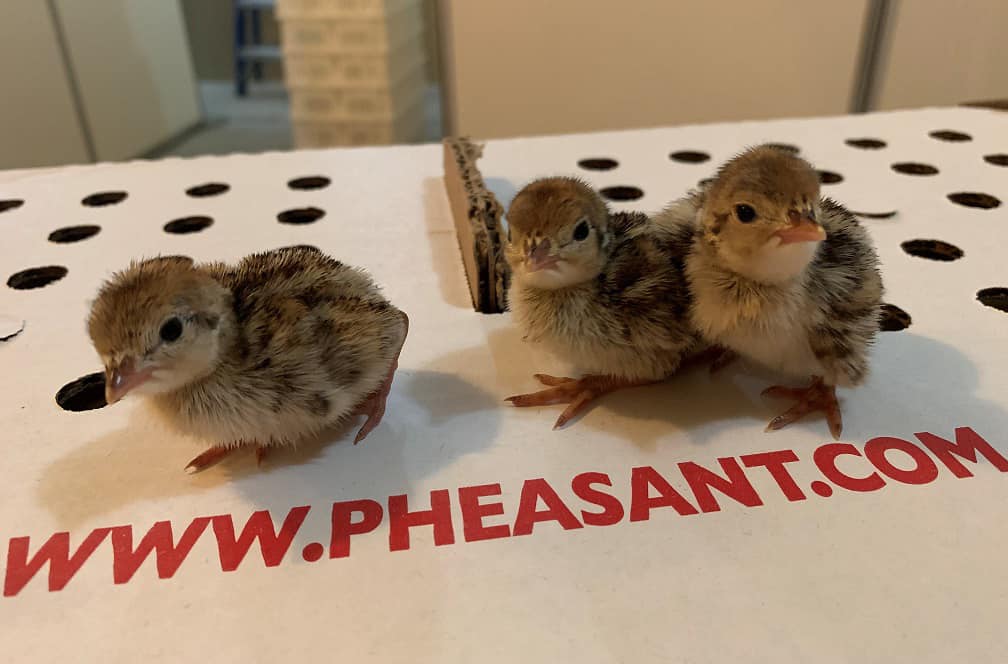
A Day in The Life of the Hatchery Manager and Chick Deliveries
Read Post
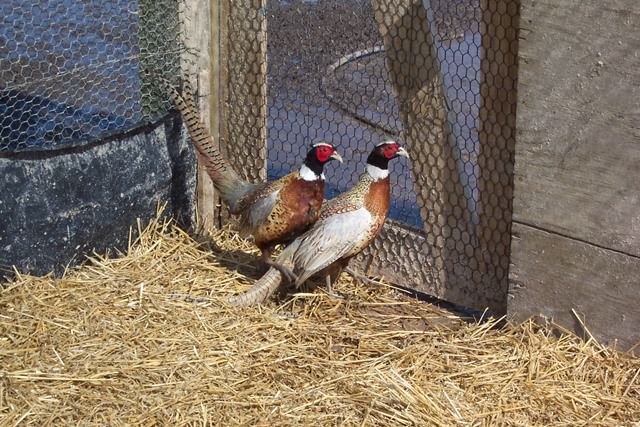
Breeder Selection at MacFarlane Pheasants, Inc.
Read Post
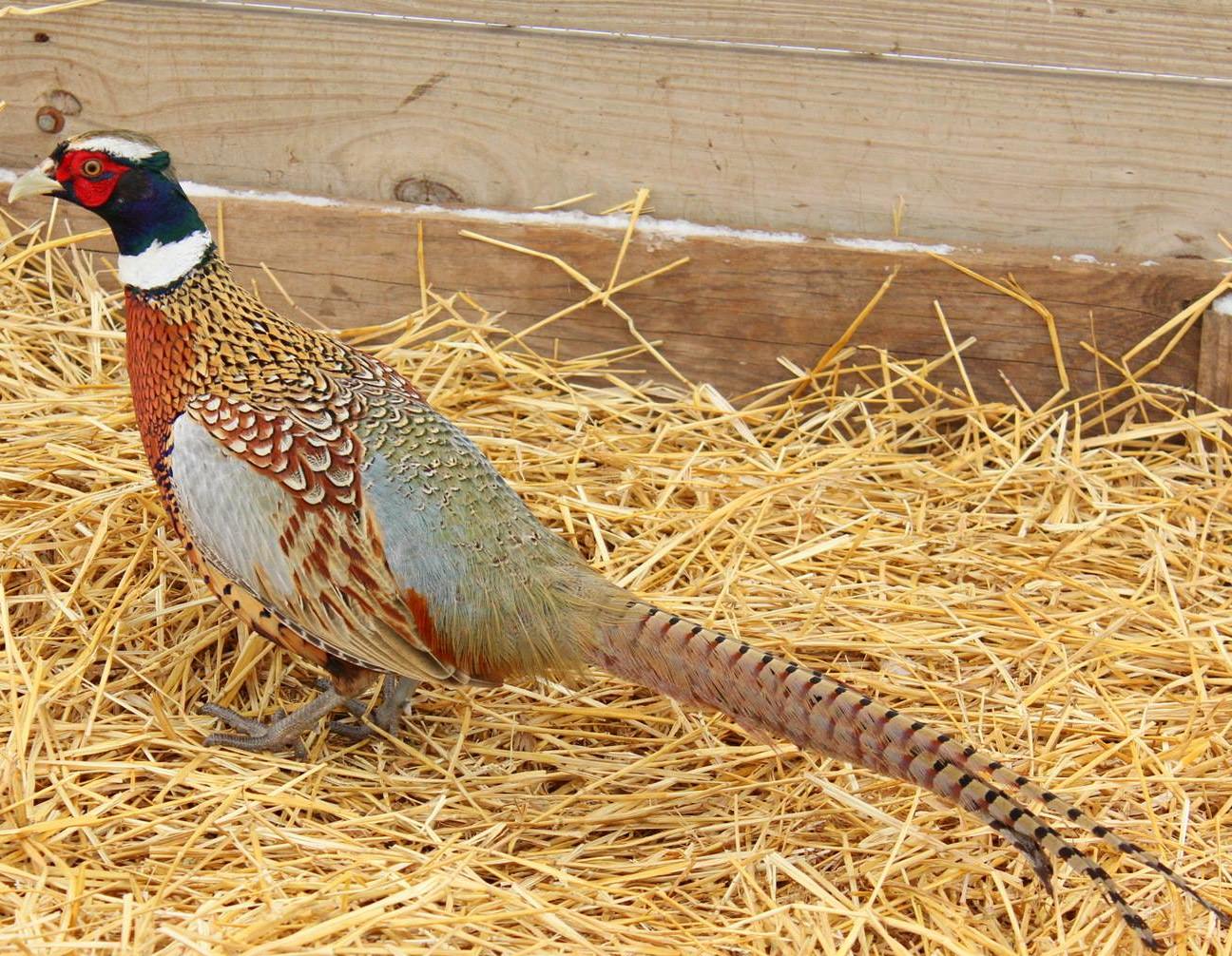
Breeding Pheasants with Beautiful Tails
Read Post
Take Advantage of These Free Resources
As the biggest game bird farm in the United States, we want to share our experience with you. Download our free resources below and get started.


